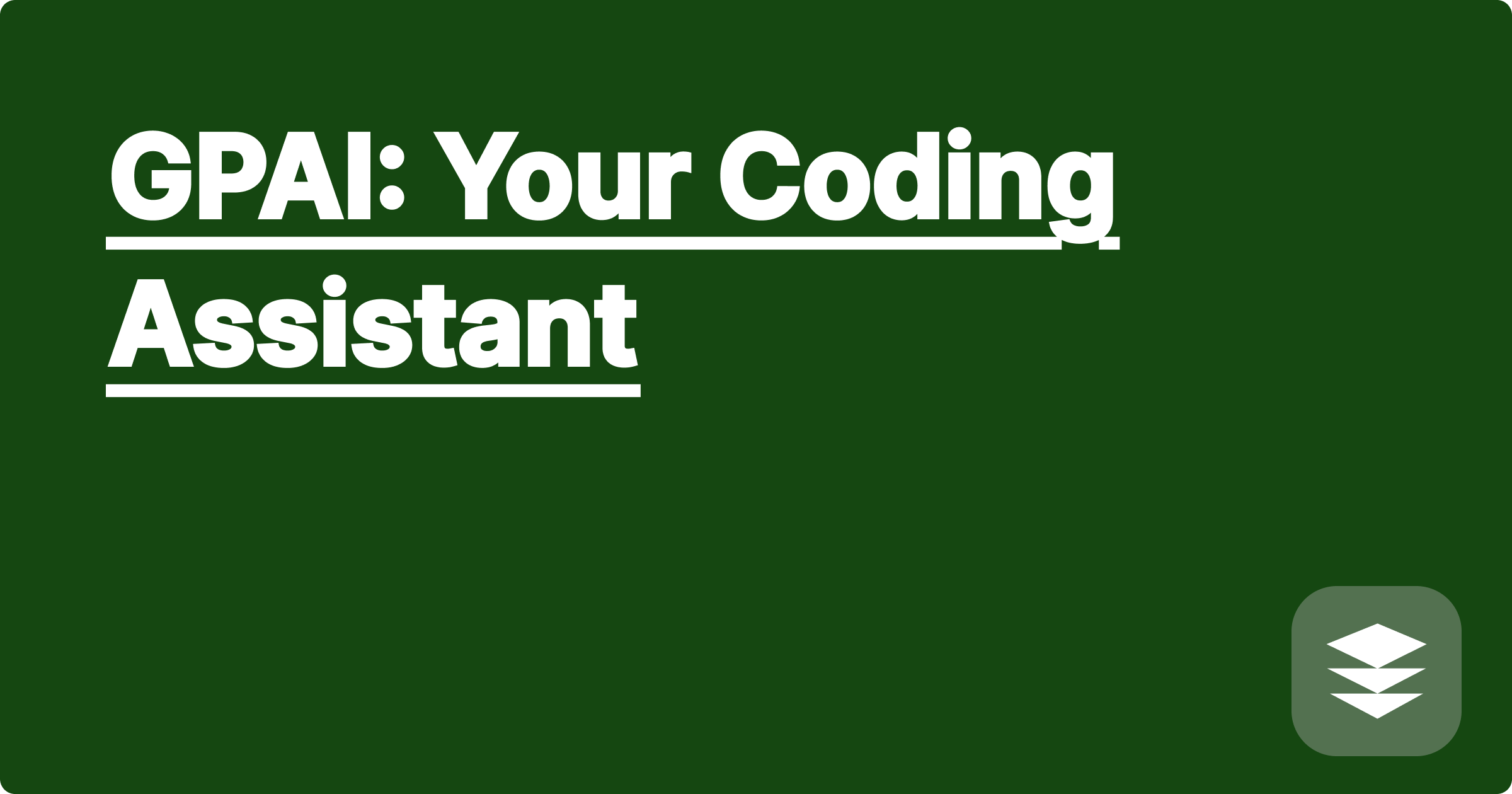
The demanding world of STEM education and research often presents complex challenges, particularly in coding-intensive fields like computer science. Students and researchers alike grapple with intricate algorithms, debugging nightmares, and the sheer volume of information required to stay ahead. Fortunately, the rise of Generative Pre-trained Transformer models, often referred to as GPAI, offers a powerful new set of tools to navigate these complexities and unlock unprecedented levels of efficiency and understanding. These AI-powered coding assistants can be invaluable allies, helping to streamline workflows, enhance comprehension, and ultimately accelerate the pace of discovery.
This new paradigm shift matters significantly for STEM students and researchers. GPAI offers the potential to democratize access to complex concepts and techniques, bridging knowledge gaps and empowering individuals to tackle challenging problems with greater confidence. By leveraging these tools effectively, students can gain a deeper understanding of fundamental principles, develop stronger problem-solving skills, and ultimately achieve greater academic success. Researchers can leverage GPAI to automate tedious tasks, explore new research avenues, and accelerate the translation of theoretical insights into practical applications. Embracing GPAI is not just about keeping up with the latest technological advancements; it's about unlocking a new era of potential in STEM fields.
STEM fields, particularly computer science, are characterized by their inherent complexity. Students often struggle with translating theoretical concepts into practical code, debugging intricate programs, and understanding the nuances of different programming languages. The sheer volume of information, coupled with the rapid pace of technological advancements, can feel overwhelming. Researchers face similar challenges, often needing to master multiple programming languages and tools to effectively analyze data, develop simulations, and communicate their findings. Furthermore, the pressure to publish novel research and secure funding can create a highly competitive and demanding environment. These challenges can lead to frustration, burnout, and a sense of being overwhelmed, hindering both learning and research progress.
AI-powered tools like ChatGPT, Claude, and Wolfram Alpha offer a powerful new approach to tackling these challenges. These tools can act as virtual coding assistants, providing real-time support and guidance throughout the coding process. ChatGPT and Claude, for instance, excel at generating code snippets in various programming languages, explaining complex concepts in plain English, and offering suggestions for debugging errors. Wolfram Alpha, with its focus on computational knowledge, can be invaluable for performing symbolic calculations, generating visualizations, and providing step-by-step solutions to mathematical problems. By integrating these tools into their workflow, STEM students and researchers can significantly enhance their productivity and understanding.
Let's consider the process of using ChatGPT to understand a complex coding concept. First, clearly define the concept you want to explore. For example, you might want to understand how recursion works in Python. Next, formulate a specific question for ChatGPT, such as "Explain recursion in Python with a simple example." ChatGPT will then generate a response that explains the concept and provides a code example. Carefully review the explanation and the code, asking follow-up questions to clarify any ambiguities. You can then modify the provided code example to experiment with different scenarios and solidify your understanding. This interactive process allows for a deeper and more personalized learning experience.
Consider the task of implementing a sorting algorithm in Python. Instead of spending hours poring over textbooks or online tutorials, you could ask ChatGPT to "Generate Python code for a merge sort algorithm." ChatGPT will promptly provide the code, along with an explanation of how it works. You can then use this code as a starting point, modifying it to suit your specific needs and experimenting with different input datasets. For example, you could modify the code to sort a list of strings instead of numbers. Another example is using Wolfram Alpha to solve a complex integral. Simply enter the integral into Wolfram Alpha, and it will not only provide the solution but also show the steps involved in the calculation. This can be incredibly helpful for understanding the underlying mathematical principles and verifying your own calculations.
To effectively integrate AI tools into your academic workflow, consider these strategies. First, be specific in your prompts. Clearly articulate the problem you are trying to solve or the concept you want to understand. Second, actively engage with the AI's responses. Don't just passively accept the generated output; critically evaluate it, ask clarifying questions, and experiment with different scenarios. Third, use AI as a supplement, not a replacement, for your own learning and research. These tools are incredibly powerful, but they should be used to enhance, not replace, your own critical thinking and problem-solving skills. Finally, always cite your sources properly, acknowledging the use of AI tools in your work.
To conclude, GPAI represents a powerful new paradigm in STEM education and research. By embracing these tools and integrating them strategically into your workflow, you can unlock new levels of productivity, understanding, and innovation. Start experimenting with these AI-powered coding assistants today and discover how they can transform your approach to learning and research. Explore the capabilities of ChatGPT, Claude, and Wolfram Alpha and find the tools that best suit your specific needs. The future of STEM is here, and it's powered by AI.